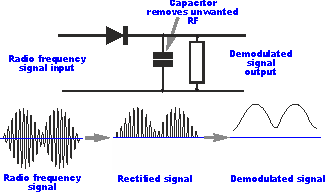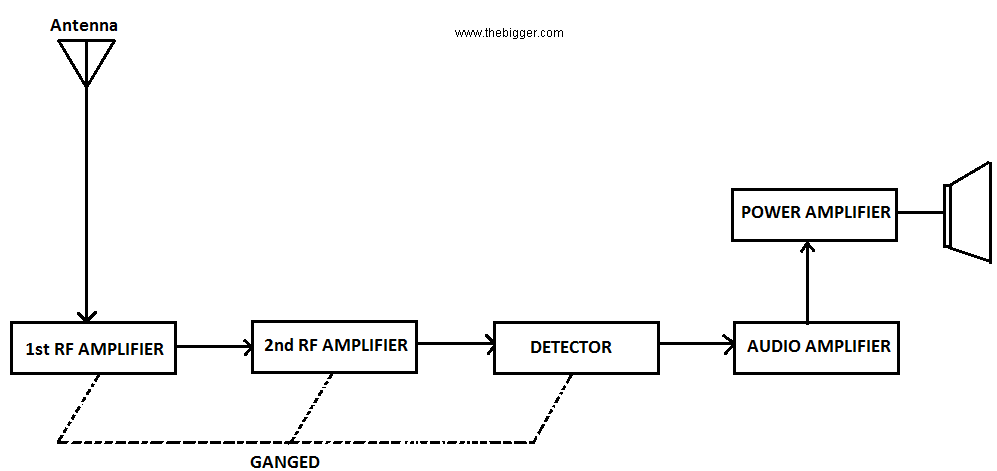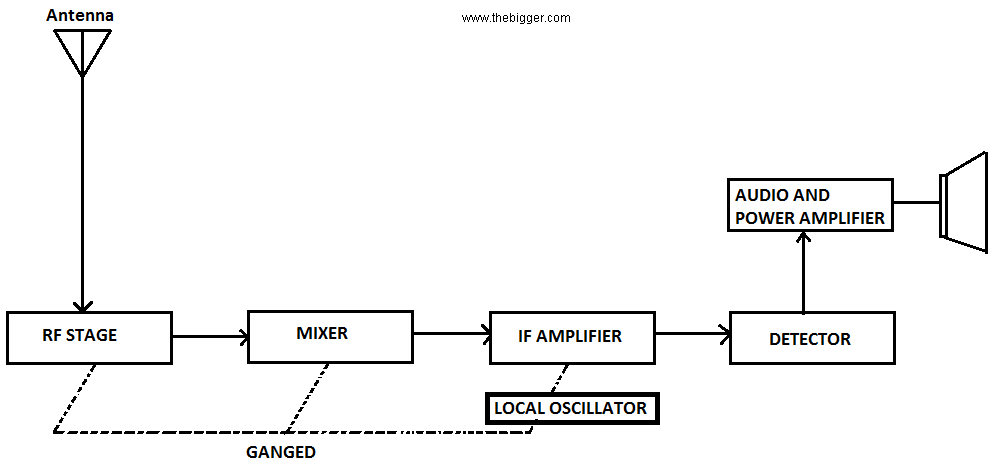What is demodulation?
This process is used in the receivers to recover the original signal coming from the sender end in modulating form. We can say that its function is opposite to that of modulation process.
As we have discussed earlier that signal transmission is done by superimposing the signal on a carrier wave. This is done by using any one method from the number of available modulation methods. Then after modulation these amplified signals are transmitted successfully with the help of a transmitting antenna.

When the signals reach the destination i.e. at the receiver end, then the signal strength will be very less. This weak signal is amplified with the help of other signals. After amplification this signal is filtered from the other signals which were used earlier to modify it. When the signal becomes ready for demodulation process, then the below steps are performed for demodulation. These steps are basically the functions of the receiver:
• Demodulating and amplifying the received signal.
• Filtering of the original received signal from the non necessary signals.
• Proper display of the received signal after the completion of demodulation process.

Receivers are basically available in two types:
1. Super heterodyne receiver
2. Tuned radio frequency receiver
Tuned radio frequency receiver:
In a tuned frequency receiver RF amplifiers are used. These RF amplifiers amplify all the incoming frequencies. The detectors are also used for the demodulation of the incoming wave. This signal is passed through audio amplifiers and then the resultant signal formed is put into an amplifier or loudspeaker. These receivers can be used for frequency ranges of 535 to 1640 KHz. If the frequency range will be increased then the instability and bandwidth variation of the signal will take place.
Super heterodyne receiver:
After some modifications in tuned radio frequency receiver, the super heterodyne receiver was made. In this almost all the problems which we face while using the TRF receiver are eliminated. Its diagram is shown below:

In this the oscillator voltage is combined with the signal voltage with the help of a mixer. The coming signal is usually converted into a signal of low frequency having the same modulation as that of the original carrier signal. After this we have to use power amplifiers for reproducing the original information.
Between the RF circuit and the local oscillator, a frequency difference is created. The IF amplifier shown above in the figure is used to amplify the signal. It is further demodulated by the detector. Then again it is put up onto audio amplifiers to generate the original information.

In case of super heterodyne receiver some important points must be kept in mind.
- Sensitivity of a receiver tells us about the strength of the receiver that with how much power it can amplify the weak signals.
- A portion of a super heterodyne receiver, called as R-F section is always connected to the terminals of the antenna. Main role that it plays is of accepting signals that are needed and rejecting those which are not needed.
- Selectivity of a receiver is the strength by which it rejects the signals, which are not necessary. As we change the receiving frequency then the selectivity also changes. With the increase in the value of frequency at a particular limit the selectivity becomes unstable.
- In a super heterodyne receiver interference is controlled by making the frequency of the oscillator greater than the frequency of the incoming signal.
Two most common types of oscillators are:
a. Hartley oscillator
b. Armstrong oscillator
5. Some particular standards are made because it is very difficult to choose or select the IF amplifiers and frequencies. Word ‘reception’ is used to denote a particular standard.
- In a VHF reception the frequency range of IF is nearly 1.6 MHz to 2.3 MHz.
- In case of AM reception the frequency range is from 540 to 1650 Khz. Mostly used frequency is 455 khz.
- The receivers that we use in our television systems having VHF and UHF bands have frequency ranges between 54 MHz to 223 MHz and 47MHz to 940MHz. The value of IF used here is nearly between 26 and 46 MHz
So, due to its lot of advantages the super heterodyne receivers are the most popular receivers
